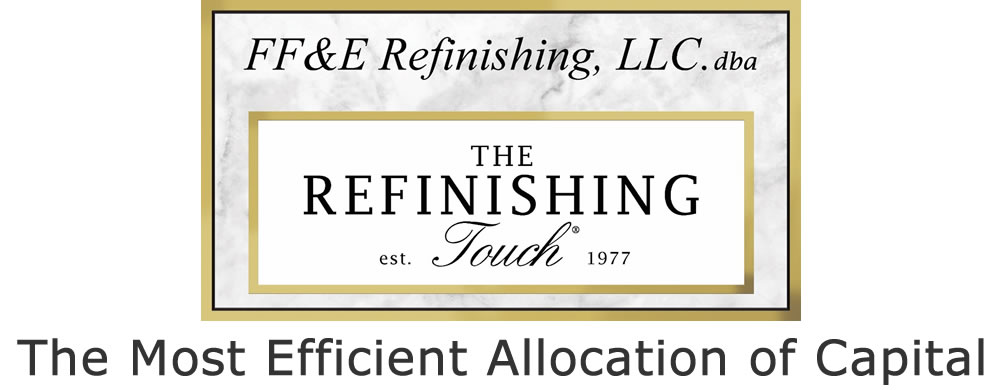 The Federal Government is the largest employer in the United States (excluding the US Postal Service) with about 2 million civilian employees, and just after our nation celebrated this Summer’s fourth of July, the White House kicked off its second annual contest encouraging federal employees to present ideas for curbing unnecessary government spending.
The Federal Government is the largest employer in the United States (excluding the US Postal Service) with about 2 million civilian employees, and just after our nation celebrated this Summer’s fourth of July, the White House kicked off its second annual contest encouraging federal employees to present ideas for curbing unnecessary government spending.
Named the Securing Americans Value and Efficiency (SAVE) award, in three weeks of the contest’s inaugural year in 2009 the initiative brought in more than 38,000 proposals on how to cut costs.
As submissions rolled in for the 2010 award it was clear that energy efficiency had staked its claim as one of the most popular subject areas for suggestion. Ideas ranged from simple solutions like shutting down unused computers and equipment to cutting paper waste by utilizing double-sided printing.
This year, federal employees were asked to rate their peers’ submissions and then officials will judge the submissions based on criteria including:
- Does the idea reduce costs in a way that is concrete and quantifiable?
- Does the idea improve the way government operates by:
- Improving the quality of output at lower costs; or
- Simplifying processes to reduce administrative burden; or
- Improving the speed of government operations for greater efficiency?
- Does the idea have a tangible impact on citizens’ lives or environment?
- Is there a clear and practical plan for implementing the idea?
- Will it be possible to realize savings immediately?
The judges will announce four finalists in September and the shortlist will be opened up to the American public to vote the best. The SAVE winner gets to meet with President Obama and will see their idea put into practice.
In recent years we’ve heard a buzz growing about striving for efficiency. Everyone from local town councils all the way up to the most powerful and influential seats in the government have brainstormed and submitted proposals with their ideas on energy efficiency. It’s great to see the government taking strides toward putting ideas into practice – and what better way than to stimulate great ideas from inside the government while involving the voice of the public outside the government.
